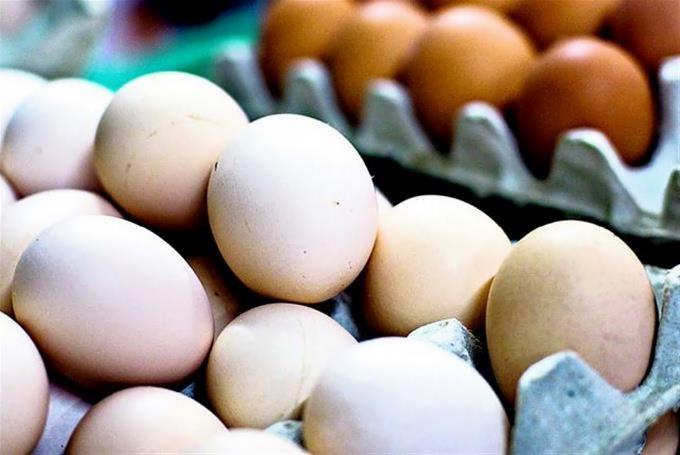Although the price of many basic products has begun to fall in recent months in the United States, that of eggs continues to run rampant and has already accumulated an annual rise of 70%, a situation produced by a perfect storm that is far from over.
There are three factors that experts point to as responsible: bird flu, the war in Ukraine and generalized inflationa, although some critical voices have called for an investigation into possible price manipulation by large companies.
According to the latest data from the US Bureau of Economic Analysis, the price of eggs increased 8.5% in January compared to December and accumulates an annual increase of 70.1%. Of all the products analyzed by this body to calculate the Consumer Price Index (CPI), it is the one that rises the most year-on-year, by far.
While other foods have already begun to moderate their prices, the price of eggs continues unstoppable and, according to experts, there is still time until it returns to normal.
Thus, when a few months ago a dozen could be found in any supermarket for $3.50, now it is difficult to find it for less than 5 dollars and, in the states most affected by avian flu, such as California, they do not fall below 6 dollars.
In a country with a average consumption of 277 eggs per person per yearthere has been a perfect storm that prevents its price from falling, despite the fact that inflation (6.4% in January) has chained seven months of falls.
For Cornell University professor Harry Kaiser, the "huge bud" bird flu that started last year is the main reason. "More than 57 million laying hens had to be slaughteredsince it is very contagious and requires exterminating all when there is a sick bird"tells EFE.
The supply of eggs was reduced and "has not yet recovered"because it is not simple or immediate, since a baby hen takes between four and six months to lay eggs.
There’s also the war in Ukraine, which has pushed up the price of feed and the overall inflation rate, says Kaiser, which "puts upward pressure on prices".
Andrew M. Novakovic, also a professor at Cornell University, explains that the price of agricultural corn changed from $3.50 per bushel (25 kg) in the fall of 2020 to a peak of $7.38 in June 2022.
"Feed costs are the most significant for animal agriculture in general and also energy. Egg production is most affected by this."he explains to EFE.
Isaac Arndt, whose family owns a small farm in Glenville, Pennsylvania, knows what applied economics experts are talking about. On the farm they have about 200 laying hens, "nothing compared to the 50,000 or 100,000 that the large producers have per ship".
Although his farm has not been affected by avian flu, he details that in winter he is unable to get the animals -which grow naturally and their egg laying is affected by solar cycles- produce enough to sell.
That is why in the Washington market where he sells fruit, chicken or jams, he has not brought eggs the afternoon in which this talk with EFE takes place. In the spring, when they are released for sale, they will do so at a price of one dollar higher than what they were selling for until now.
"Lwe’ll trade you for $6, although we should probably sell you for $8.50, as our costs increased by 50%", Explain. However, he adds, "we can’t do that to the consumer".
Large stores have not hesitated to do so, a situation that has aroused critical voices such as that of Democratic Senator Jack Reed, who recently asked the Federal Trade Commission to investigate possible price gouging by big companies.
As prices rise, Reed notes, the largest US egg producer, Cal-Maine Foods (20% of the retail market) reported record earnings of $323 million in the last quarter.
In a statement, the company defended itself against these accusations and assured that "the domestic egg market has always been intensely competitive and highly volatile".
"Cal-Maine Foods sells its eggs at prices negotiated with each customer. In many cases, the company, and we imagine the clients, seek market quotes from independent third parties." and, in no case, "we do not sell eggs directly to consumers or set retail prices"argument.
Will it continue to be, therefore, more and more expensive to make an omelette? In Kaiser’s opinion, prices will fall when new layers are introduced, "the market will correct itself"as long as no new cases of flu arise and the price of feed falls.
Arndt believes, however, that the story goes long. "Hatcheries are two years behind and it will probably take years for them to catch up".
